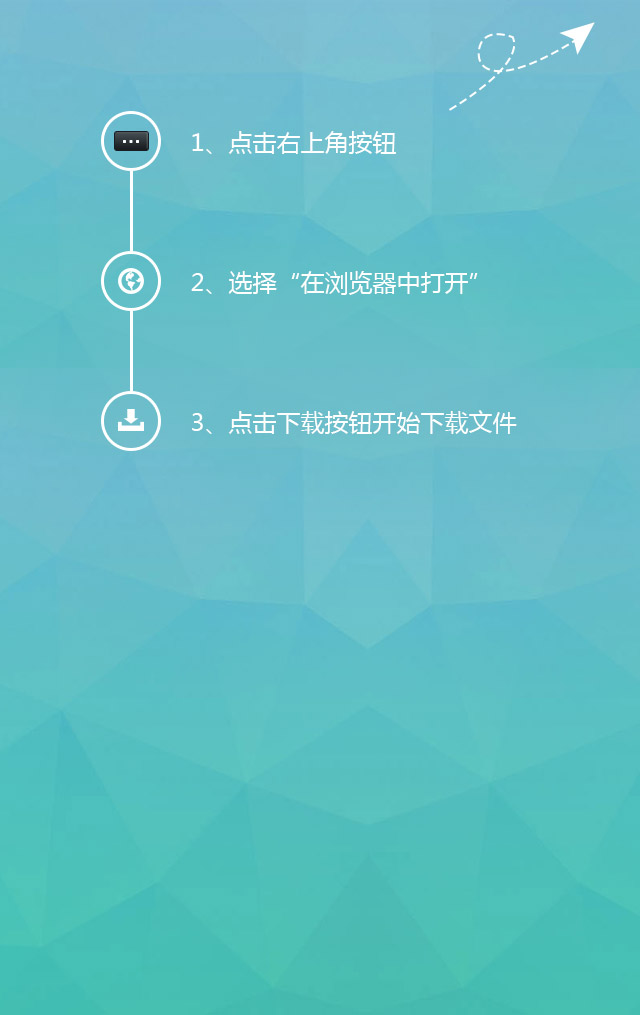Beyond Silicon Horizon - The Quest for Next-Generation Photovoltaics
Silicon solar panels dominate the market, but their efficiency is approaching theoretical limits, and inherent material constraints drive the relentless search for next-generation photovoltaics (PV). This quest isn't merely about incremental gains; it's about unlocking transformative potential through novel materials and architectures.
Leading the charge are perovskites. These synthetic crystalline structures offer astonishingly rapid efficiency improvements, jumping from lab curiosities to over 25% efficiency in little over a decade. Their magic lies in tunable bandgaps (allowing absorption of different light wavelengths), solution-processability (enabling cheap, roll-to-roll printing), and flexibility. They promise ultra-lightweight, semi-transparent panels for windows or curved surfaces. However, stability challenges against moisture, heat, and light remain the critical hurdle before mass commercialization.
Simultaneously, tandem cells are breaking efficiency barriers by stacking different materials. Combining silicon (excellent with infrared light) with perovskites (superior with visible light) creates a "team" where each layer captures a different part of the spectrum. Lab efficiencies exceeding 33% demonstrate the immense potential to generate significantly more power from the same rooftop footprint.
Bifacial technology offers another evolutionary leap. By capturing sunlight reflected onto their rear side, these panels can yield 5-25% more energy than traditional monofacial panels, especially over reflective surfaces like sand or snow. Organic PV (OPV) and quantum dot solar cells, while less mature, explore ultra-cheap, printable, and potentially biocompatible solutions.
The future isn't about one technology replacing silicon overnight. It's a convergence: perovskites potentially revolutionizing low-cost applications and enabling ultra-high-efficiency tandems; bifacial designs maximizing yield from existing installations; and novel materials opening entirely new applications. This vibrant innovation ecosystem ensures solar power's trajectory points far beyond today's horizons, promising even greater efficiency, versatility, and affordability. The next generation is already absorbing the sunlight.
Zero Carbon,vape battery,battery cell,v battery,solar cell
Recommend
-

-

QQ Zone
-

Sina Weibo
-

Renren.com
-

Douban

